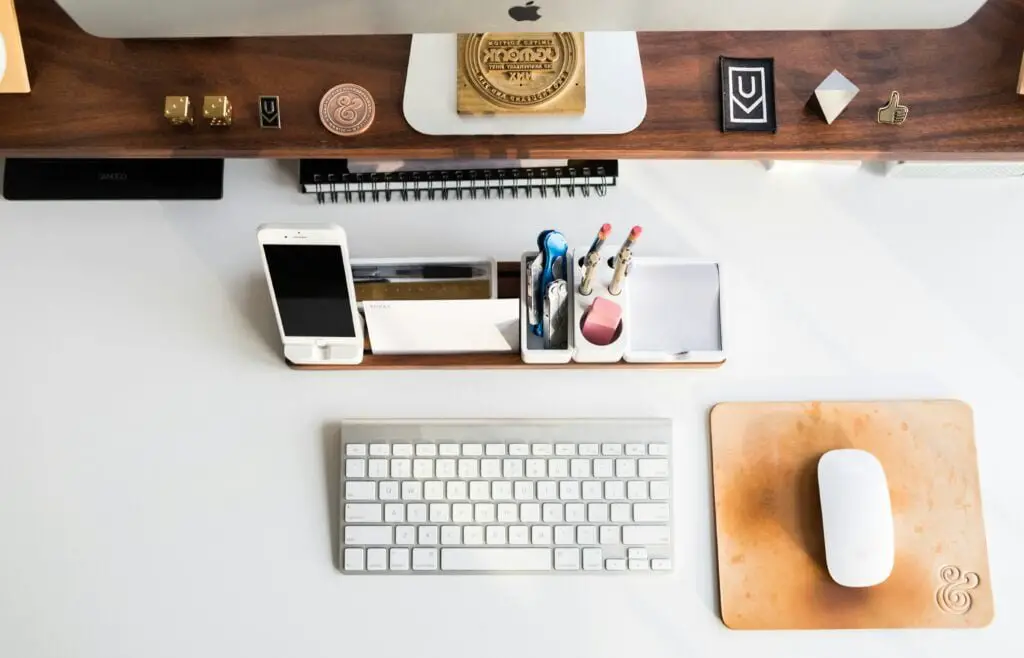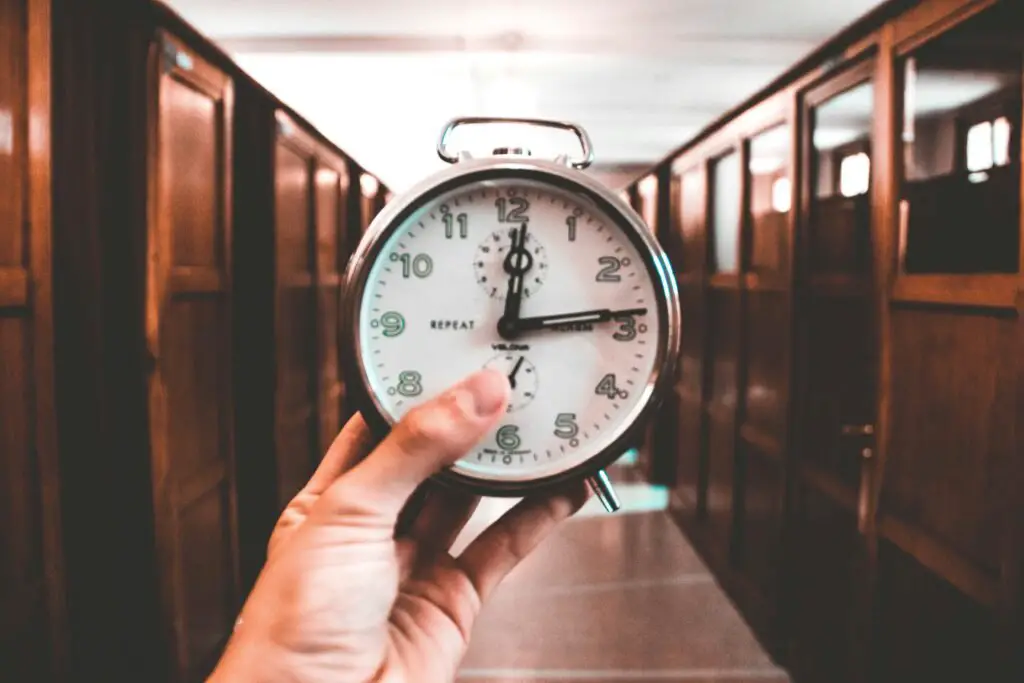In a world full of productivity apps, notifications, and endless tools claiming to streamline your life, it’s easy to feel overwhelmed. But sometimes, the best ways to get things done are the simplest—and they don’t involve technology at all. Let’s take a step back and revisit some old-school productivity hacks that worked wonders before we all became glued to our screens.
These vintage tips might just change the way you approach your day.
1. Start your day early

Back in the day, people rose with the sun. There was something about those quiet early morning hours that set the tone for a productive day. Getting an early start meant fewer distractions and more time to focus on what really mattered. You don’t have to be a morning person to make this work, but carving out some calm, focused time before the world wakes up can be a game-changer.
2. Use a physical to-do list

Remember when people actually wrote things down on paper? There’s something about crossing off tasks with a pen that feels much more satisfying than checking a box on an app. Plus, a physical to-do list doesn’t come with notifications, so it’s a lot easier to stay focused on the task at hand. Try jotting down your goals for the day, and feel the satisfaction of crossing each one off.
3. Time block your tasks

Long before we had Google Calendar and time-tracking apps, people used simple time blocks to manage their day. This is a fancy way of saying: focus on one thing at a time. Dedicate a specific amount of time to one task, and don’t switch until it’s done. Whether it’s 30 minutes of writing or an hour of cleaning, giving yourself clear blocks of focused time is incredibly effective.
4. Take real breaks

In the past, people weren’t checking their phones every five minutes. When they took a break, they really disconnected. No screens, no distractions—just a moment to recharge. Try taking an old-school break: go for a walk, have a cup of coffee without your phone, or just sit and relax. You’ll return to your work with more energy and focus.
5. Keep your workspace clutter-free

Back in the day, desks were for work, not clutter. A clean workspace meant a clear mind, and people were more intentional about what they kept on their desks. If your workspace is full of distractions, take a few minutes to tidy up. You’d be surprised how much clearer your mind feels when your surroundings are organized.
6. Limit multitasking

Once upon a time, multitasking wasn’t a badge of honor. People focused on doing one thing at a time, and they did it well. Research shows that multitasking actually makes us less efficient, so why not go back to basics? Focus on one task, give it your full attention, and watch your productivity soar.
7. Use a simple timer

Ever heard of the Pomodoro Technique? It’s essentially a timer-based system that encourages working in focused bursts. But before this method had a fancy name, people just used kitchen timers to help them stay on track. Set a timer for 25 minutes, work without interruption, then take a short break. This simple technique can help you power through tasks without burning out.
8. Prioritize the hardest task first

There’s a reason the phrase “eat the frog” became popular. Tackling your most dreaded task first thing in the morning sets a productive tone for the rest of the day. Once the hardest thing is out of the way, everything else feels like a breeze. This vintage productivity trick still works wonders today.
9. Disconnect after work

Back in the 1950s, when the workday ended, it ended. People didn’t have emails pinging their phones or Slack messages to answer at all hours. Try setting boundaries with your work, even if it’s just turning off notifications after a certain time. Giving yourself real downtime helps prevent burnout and keeps you more focused during work hours.
10. Get a good night’s sleep

Finally, one of the best productivity hacks from the past is simply getting a good night’s sleep. No, this isn’t just a wellness trend. People in the past understood the importance of rest for staying sharp and focused during the day. Make sleep a priority—without the screens—and see how much better you perform the next day.
11. Set Simple Goals for the Day

In the past, people didn’t try to cram as much into their day as possible. They often set one or two main goals for the day and focused on completing those well. This old-fashioned way of goal-setting helps keep expectations realistic and encourages deeper work on fewer tasks. Today, instead of overwhelming yourself with a lengthy to-do list, choose a couple of key things to accomplish and prioritize those. It’s an effective way to ensure you end your day feeling accomplished instead of frazzled.
12. Batch Your Chores

Back then, people often set aside a specific day of the week for certain chores—like “laundry day” or “grocery shopping day.” This batching method allowed them to focus on one type of task at a time, rather than switching back and forth between unrelated activities. Adopting this approach today can be a great way to streamline your to-do list and avoid burnout. Consider dedicating specific days for particular chores, errands, or even work tasks, just like you did growing up.
13. Take Advantage of Quiet Time

People used to embrace downtime. Whether it was sitting on the porch with a cup of coffee or taking a midday walk, they valued moments of silence and reflection. It wasn’t just about relaxation—it was when they would organize their thoughts, prioritize tasks, and come up with new ideas. In today’s fast-paced world, intentionally carving out quiet time for yourself—without a podcast or TV show playing—could help you be more productive in the long run.
14. Use a Family Calendar

Back then, families often had one central calendar hanging in the kitchen. Everything—from dentist appointments to birthdays—went on that single calendar. No one needed digital reminders or apps to keep the household organized. This simple practice not only kept everyone on the same page but also had a personal touch. It was more than just a schedule—it was a record of family life. If you miss those days, consider going back to a big wall calendar for planning. You might find it feels more connected than checking your phone for reminders.
15. Take Advantage of Daylight

People used to align their productivity with daylight hours—getting up with the sun and winding down after it set. This practice wasn’t just practical, but it helped maintain a healthy work-life balance. Even though we have all kinds of technology to keep us going 24/7, consider embracing daylight’s natural rhythms. Start your most demanding tasks in the morning and finish up by sunset. This can help you avoid burnout and keep you energized.
These vintage productivity hacks may be simple, but they’re effective. Sometimes, getting more done is as easy as stepping away from modern tech and embracing the tried-and-true methods of the past. After all, sometimes the old ways really are the best ways.


